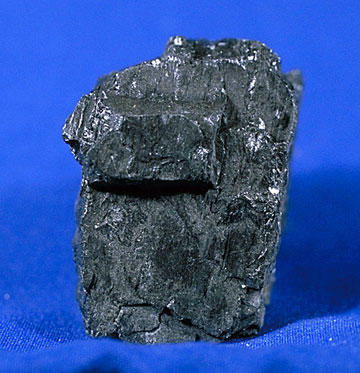Indoor Emissions from the Household Combustion of Coal
What are indoor emissions from the household combustion of coal?
Burning coal inside the home for the purposes of heating or cooking produces particulate and gas emissions that may contain a number of harmful chemicals, such as benzene, carbon monoxide, formaldehyde, and polycyclic aromatic hydrocarbons.
How are people exposed to indoor emissions from the household combustion of coal?
People in some parts of the world, particularly in certain regions of China, have been exposed to indoor emissions from coal combustion through the use of unvented stoves and fire pits.
Which cancers are associated with exposure to indoor coal combustion emissions?
Lung cancer is associated with exposure to indoor coal combustion emissions.
How can exposures be reduced?
Installing indoor stoves with chimneys can reduce the level of indoor air pollution.
Selected References:
- International Agency for Research on Cancer.: Indoor Emissions from Household Combustion of Coal, IARC Monographs on the Evaluation of Carcinogenic Risks to Humans, Volume 100E. Lyon, France: World Health Organization, 2012. Also available online. Last accessed December 5, 2022.
- Lan Q, Chapman R, Schreinemachers DM, et al. Household stove improvement and risk of lung cancer in Xuanwei, China. Journal of the National Cancer Institute 2002; 94 (11): 826-835. [PubMed Abstract]. Also available online. Last accessed February 15, 2019.
